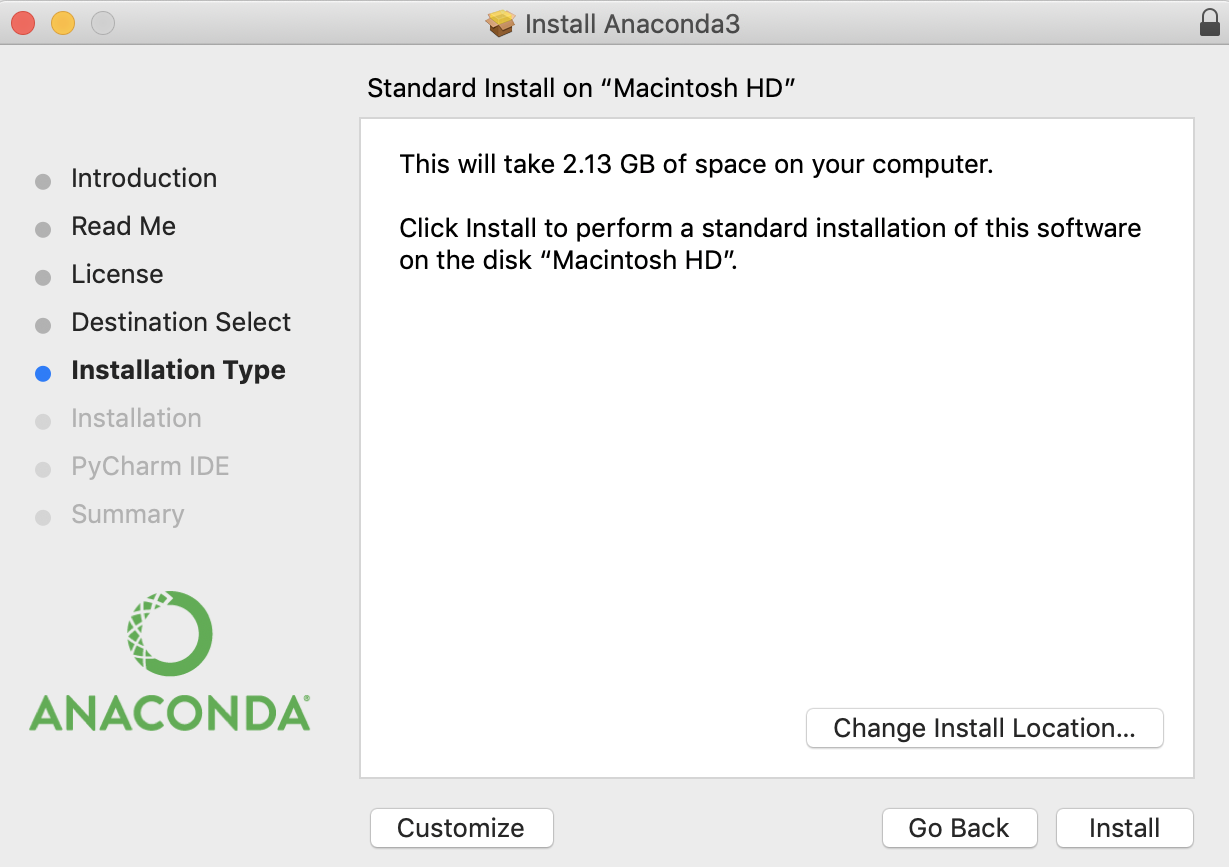

You will again be prompted to proceed with the installation. $ conda create -n iraf27 python=2.7 iraf-all pyraf-all stsci
Now install the Python 2.7 package with IRAF by using the command:. This is a large installation so it may take a few minutes to finish. 
Just type y or hit to accept the installation. This command will generate some output and then will display the prompt Proceed (/n)?.
Create the Python 3 AstroConda environment.  Configure Andaconda to install packages directly from the AstroConda repository. Users/computationalphysics/anaconda/bin/conda If the installation worked, this should display the path to the conda. Open a terminal window and type which conda. This seems to work better than installing system wide. This will install a directory under your login directory called anaconda. NOTE: When you get to the Destination Select step, be sure to pause and select the Install for me only tab. Download Anaconda Graphical Installer (Python 3.6) from Anaconda Download and follow the instructions on that page to install Anaconda. Refer to that page for more detailed instructions. The following installation instructions is a summary drawn from the Installation Instructions on the Space Telescope Science Institue AstroConda page. This is because IRAF doesn't "play well" with Python 3. An AstroConda/IRAF environment running Python 2.7. An AstroConda environment running Python 3. The Anaconda default (root) environment running Python 3. Also, it beautifully handles package dependencies and checks everything for more safety.These instructions should install the Anaconda Python distribution and three separate Anaconda environments: It handles all the complexity from day one so that you can focus on what matters, which is your projects. Efficient and safe: Anaconda installation and updates are smooth and intuitive.
Configure Andaconda to install packages directly from the AstroConda repository. Users/computationalphysics/anaconda/bin/conda If the installation worked, this should display the path to the conda. Open a terminal window and type which conda. This seems to work better than installing system wide. This will install a directory under your login directory called anaconda. NOTE: When you get to the Destination Select step, be sure to pause and select the Install for me only tab. Download Anaconda Graphical Installer (Python 3.6) from Anaconda Download and follow the instructions on that page to install Anaconda. Refer to that page for more detailed instructions. The following installation instructions is a summary drawn from the Installation Instructions on the Space Telescope Science Institue AstroConda page. This is because IRAF doesn't "play well" with Python 3. An AstroConda/IRAF environment running Python 2.7. An AstroConda environment running Python 3. The Anaconda default (root) environment running Python 3. Also, it beautifully handles package dependencies and checks everything for more safety.These instructions should install the Anaconda Python distribution and three separate Anaconda environments: It handles all the complexity from day one so that you can focus on what matters, which is your projects. Efficient and safe: Anaconda installation and updates are smooth and intuitive. 
Built for Python programs, it also handles other languages (including R).
Conda: This is the cross-platform language-agnostic environment management systems and package manager tasked to install, run, and update packages and dependencies. Also, it comes with several applications by default, like JupyterLab, Jupyter Notebook, QtConsole, Spyder, Glue, Orange, RStudio, and Visual Studio Code. Anaconda Navigator: It offers a graphical user interface from which you can launch your applications and manage your conda environments, channels, and packages without the command-line interfaces. It simplifies package management and deployment for large projects, provides lots of resources to save time, and offers a stable and safe environment for your data. Anaconda is a Python and R programming language distribution for all kinds of scientific computing, like data science, machine learning apps, large-scale data processing, and predictive analytics.








 0 kommentar(er)
0 kommentar(er)
